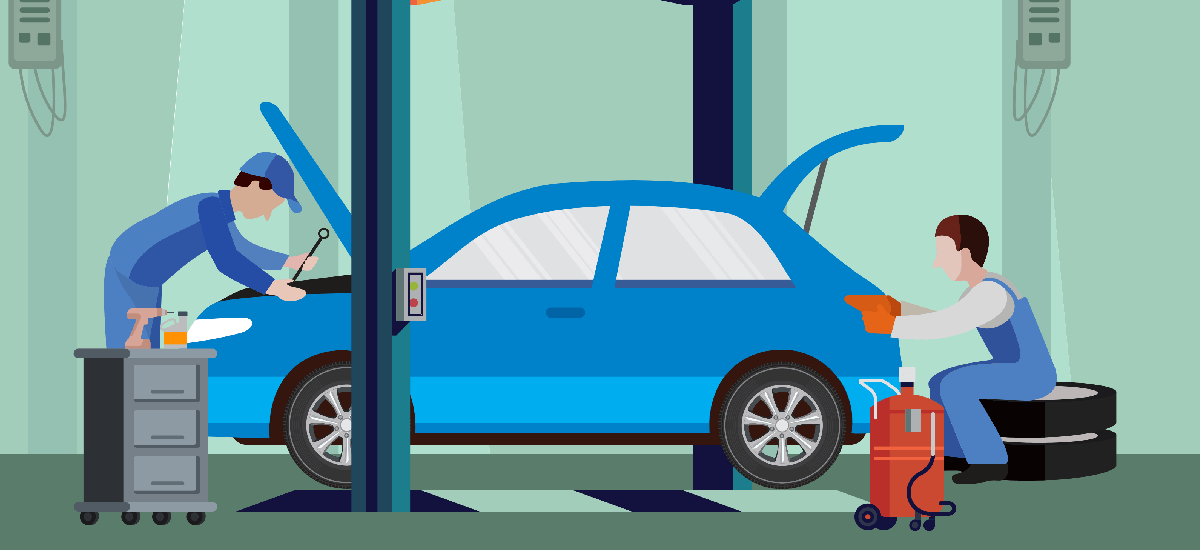All Categories
Featured
Tire turnings are among the most basic yet most reliable maintenance jobs to guarantee your automobile runs smoothly and safely. This routine service rearranges tire wear, providing many benefits for your car's efficiency, safety, and your purse.
What Does Tire Turning Involve?
Tire turning is the procedure of periodically altering the placement of each tire on your automobile. For circumstances, front tires may be exchanged with rear ones, or tires may be relocated diagonally. The certain pattern relies on elements like your vehicle's drivetrain (front-wheel, rear-wheel, or four-wheel drive) and the kind of tires you have.
![]()
Why Tire Turnings Are Important
Promotes Also Step Wear. Various tires bear different amounts of weight and stress depending on their setting. Because they manage steering and stopping, front tires often use faster. Normal rotations balance out the wear, guaranteeing all four tires have comparable tread midsts.
Prolongs Tire Life Expectancy. Irregular wear leads to premature tire substitutes. Rotating your tires can extend their life expectancy, conserving you cash gradually.
Enhances Automobile Efficiency. Well balanced tires improve security, dealing with, and traction. Whether you're catching, stopping, or driving on unsafe roadways, uniformly used tires ensure a smoother and more secure driving experience.
![]()
Improves Gas Effectiveness. Tires with uneven walk wear can develop a lot more moving resistance, which makes your engine work tougher and takes in extra gas. Regular turnings help keep optimum gas performance.
Guarantees Security. Used tires can compromise stopping range and control. By rotating your tires, you maintain also put on and lower the danger of blowouts or skidding.
How Commonly Should You Rotate Your Tires?
Experts advise turning your tires every 5,000 to 7,500 miles. A practical method is to pair tire rotations with oil changes. Constantly consult your lorry's proprietor manual for certain guidelines.
Common Rotation Patterns
Rotation patterns rely on your vehicle's drivetrain and tire type:
Front-Wheel Drive (FWD): Front tires relocate to the back, and rear tires cross to the front.
Rear-Wheel Drive (RWD): Rear tires move to the front, and front tires cross to the back.
All-Wheel Drive (AWD): Tires adhere to an "X" pattern to make sure well balanced wear.
Directional Tires: These tires should remain on the exact same side of the automobile and are swapped front to rear.
Signs Your Tires Need Turning
Uneven walk wear.
![]()
Decreased fuel performance.
Vibrations while driving, especially at high rates.
Difficulty taking care of the vehicle in damaging weather.
Final Ideas
Tire rotations are a simple method to shield your investment and improve your driving experience. By rearranging wear, you can extend the life of your tires, improve fuel efficiency, and ensure your security on the roadway. Set up regular tire turnings with a trusted auto mechanic and make it a regular component of your automobile's upkeep routine.
What Does Tire Turning Involve?
Tire turning is the procedure of periodically altering the placement of each tire on your automobile. For circumstances, front tires may be exchanged with rear ones, or tires may be relocated diagonally. The certain pattern relies on elements like your vehicle's drivetrain (front-wheel, rear-wheel, or four-wheel drive) and the kind of tires you have.

Why Tire Turnings Are Important
Promotes Also Step Wear. Various tires bear different amounts of weight and stress depending on their setting. Because they manage steering and stopping, front tires often use faster. Normal rotations balance out the wear, guaranteeing all four tires have comparable tread midsts.
Prolongs Tire Life Expectancy. Irregular wear leads to premature tire substitutes. Rotating your tires can extend their life expectancy, conserving you cash gradually.
Enhances Automobile Efficiency. Well balanced tires improve security, dealing with, and traction. Whether you're catching, stopping, or driving on unsafe roadways, uniformly used tires ensure a smoother and more secure driving experience.

Improves Gas Effectiveness. Tires with uneven walk wear can develop a lot more moving resistance, which makes your engine work tougher and takes in extra gas. Regular turnings help keep optimum gas performance.
Guarantees Security. Used tires can compromise stopping range and control. By rotating your tires, you maintain also put on and lower the danger of blowouts or skidding.
How Commonly Should You Rotate Your Tires?
Experts advise turning your tires every 5,000 to 7,500 miles. A practical method is to pair tire rotations with oil changes. Constantly consult your lorry's proprietor manual for certain guidelines.
Common Rotation Patterns
Rotation patterns rely on your vehicle's drivetrain and tire type:
Front-Wheel Drive (FWD): Front tires relocate to the back, and rear tires cross to the front.
Rear-Wheel Drive (RWD): Rear tires move to the front, and front tires cross to the back.
All-Wheel Drive (AWD): Tires adhere to an "X" pattern to make sure well balanced wear.
Directional Tires: These tires should remain on the exact same side of the automobile and are swapped front to rear.
Signs Your Tires Need Turning
Uneven walk wear.

Decreased fuel performance.
Vibrations while driving, especially at high rates.
Difficulty taking care of the vehicle in damaging weather.
Final Ideas
Tire rotations are a simple method to shield your investment and improve your driving experience. By rearranging wear, you can extend the life of your tires, improve fuel efficiency, and ensure your security on the roadway. Set up regular tire turnings with a trusted auto mechanic and make it a regular component of your automobile's upkeep routine.
Latest Posts
Comprehensive Security for Your Comfort
Published Apr 19, 25
1 min read
Washington Fencing Business Overview
Published Apr 19, 25
1 min read
Contact Us: Get in Touch for Expert Auto Repair & Service in Montclare
Published Apr 19, 25
2 min read